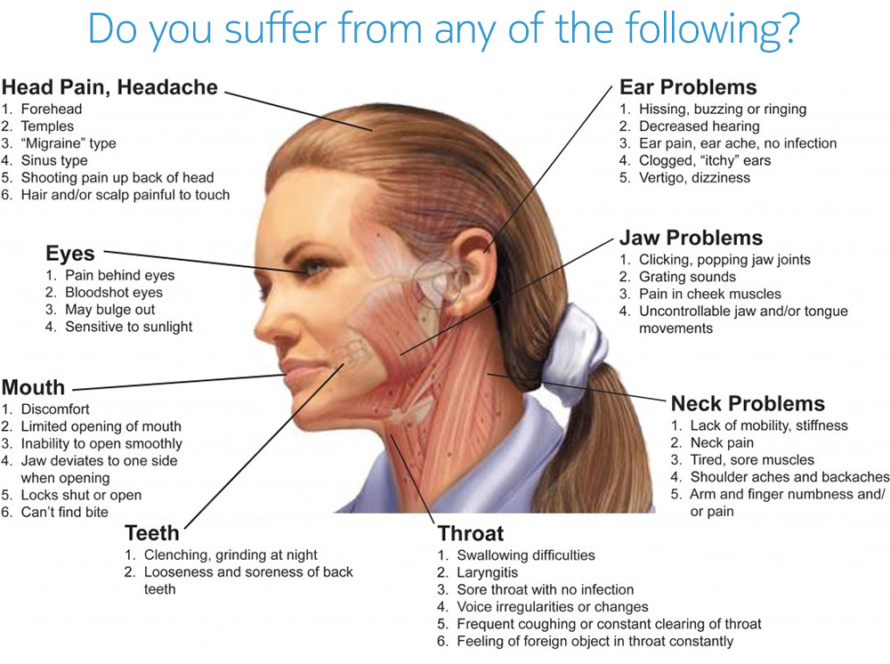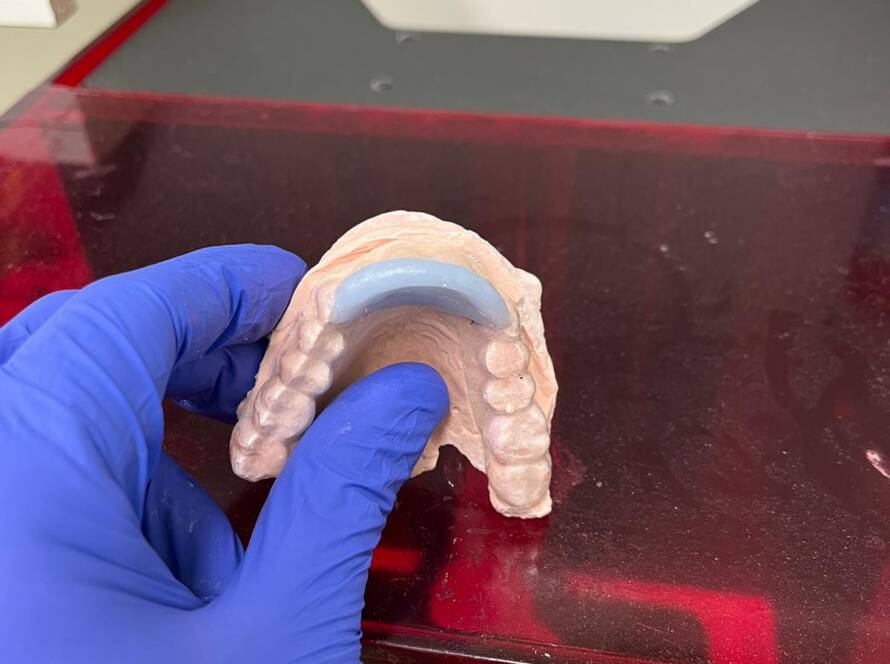- TMJ Pain Reduction: The most significant finding is that dextrose prolotherapy (DPT) demonstrated a clinically relevant reduction in TMJ pain compared to placebo at 12 weeks.
- Functional Improvement: While not statistically significant in the meta-analysis, the observed positive trend for functional improvement suggests potential benefits that require further investigation with larger sample sizes.
- Influence of Injection Protocol on MIO: The differing results for MIO likely stem from variations in injection sites and patient conditions. The authors suggest that “extra-articular injections, with multiple needling and the tissue proliferative effects of dextrose, may have recruited the inflammatory cascades leading to capsular strengthening.” Conversely, intra-articular injections alone may have less consistent effects on joint stability. The findings of Fouda et al. are cited, suggesting “selection of the injection site is the most important part of treatment, and that hypermobility should be treated with injection into the outer capsule, whereas pain is best treated with injection into the joint space.”
- Mechanism of Action: The precise mechanism of DPT in reducing musculoskeletal pain remains unclear. Proposed mechanisms include:
- Initiation of inflammatory reaction and tissue proliferation: Historically understood.
- Direct sensorineural effects: Supported by recent literature.
- Nutrient supply to cartilage and precursor synthesis: Dextrose as a crucial nutrient.
- Nerve hyperpolarization: Opening potassium channels to decrease nociceptive signal transmission.
- Blocking TRPV1 channels: Minimizing neuropathic pain by blocking sodium and calcium influx.
- Clinical Recommendation: Based on the available evidence, DPT can be considered an appropriate non-surgical treatment option for carefully selected patients with functional TMJ derangement who have not responded to conventional care, particularly for TMJ pain.
- Limitations: The study acknowledges several limitations, including the small number of included studies and participants, missing raw data in some articles, lack of diagnostic specificity across RDC/TMD categories in some studies, and the relatively short 12-week timeframe for pooling data.
Skip to content
Skip to sidebar
Skip to footer


